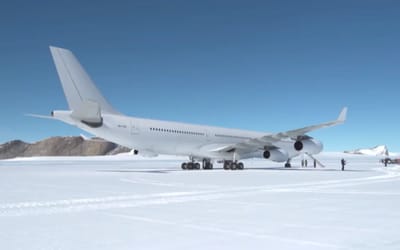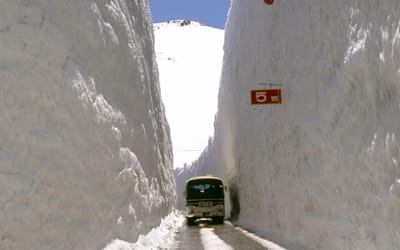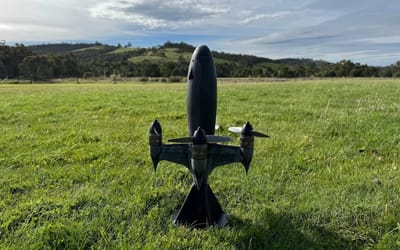Christopher Nolan crashed a real Boeing 747 jumbo jet into a building for Tenet instead of using CGI
Published on Aug 24, 2025 at 6:35 PM (UTC+4)
by Callum Tokody
Last updated on Aug 22, 2025 at 2:53 PM (UTC+4)
Edited by
Kate Bain
Christopher Nolan crashed a Boeing 747 during the making of Tenet, turning the sequence into one of the most striking movie stunts in history.
The production acquired a retired jumbo jet and staged its destruction on set instead of building models or relying on CGI.
Christopher Nolan has long favored practical filmmaking, and the Boeing 747 crash kept with his established approach.
The details behind this movie stunt show how his team pulled off a rare large-scale event in front of the camera and why it’s such a big deal today.
DISCOVER SBX CARS – Bid now on supercar auctions powered by Supercar Blondie
The Boeing 747 crash in action
Early in development, Christopher Nolan considered simulating the Boeing 747 crash with miniatures or digital effects.
After comparing costs, he decided it would be more practical to purchase and crash a real plane.
The team sourced a decommissioned Boeing 747 from a facility in California, brought it to set, and coordinated the crash into an airport hangar.
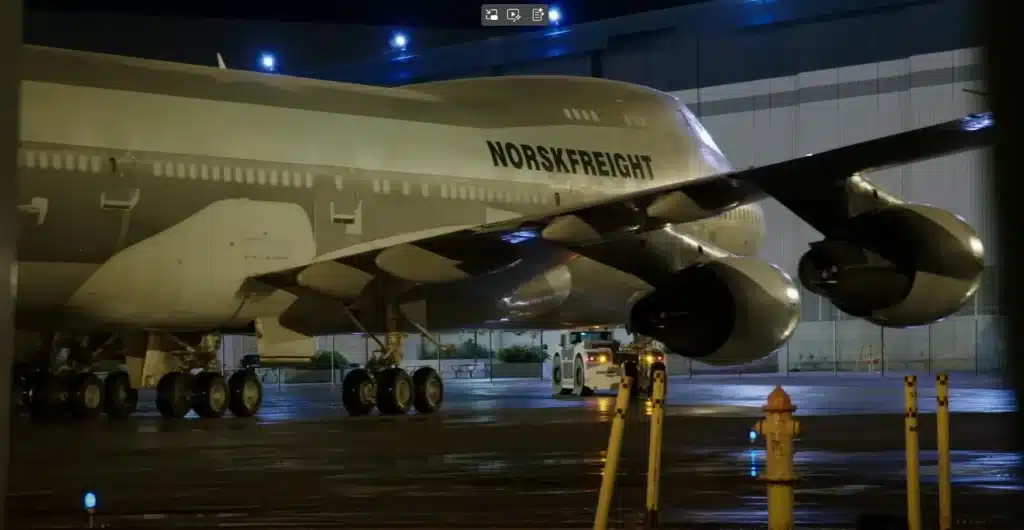
Special-effects supervisor Scott Fisher and production designer Nathan Crowley oversaw the logistics.
The Boeing 747 stunt was planned to run just once, so every detail had to be perfect on the first attempt.
In an interview with Total Film, Christopher Nolan explained that the real crash ended up being more efficient than creating the sequence through models or post-production CGI.
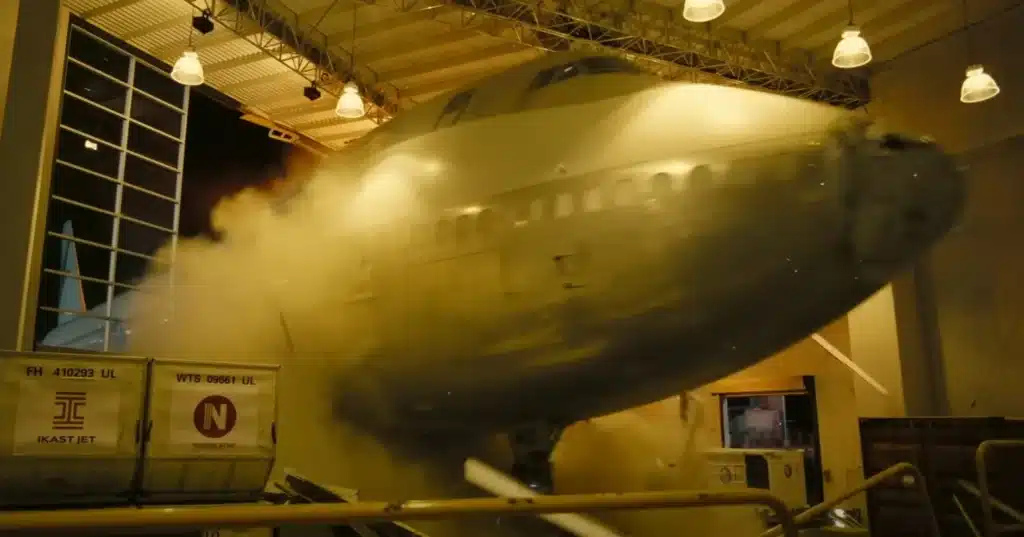
Robert Pattinson, who starred in Tenet, later described the day of filming as surreal.
He said it was unusual to see a movie stunt carried out on such a massive scale without digital shortcuts.
The finished Boeing 747 crash became one of Tenet’s standout moments and highlighted Christopher Nolan’s preference for practical effects.
Why Nolan keeps choosing real stunts
The Boeing 747 crash in Tenet reflects Christopher Nolan’s broader commitment to large-scale practical movie stunts.
His earlier films show the same approach, including the truck flip in The Dark Knight and the rotating hallway set in Inception.
These sequences relied on engineering and planning to deliver visuals that looked convincing on screen.
Christopher Nolan continued this method in Oppenheimer, where he recreated the Trinity test without CGI.
Working with visual effects supervisor Andrew Jackson, the production built controlled explosions to simulate the first nuclear detonation.
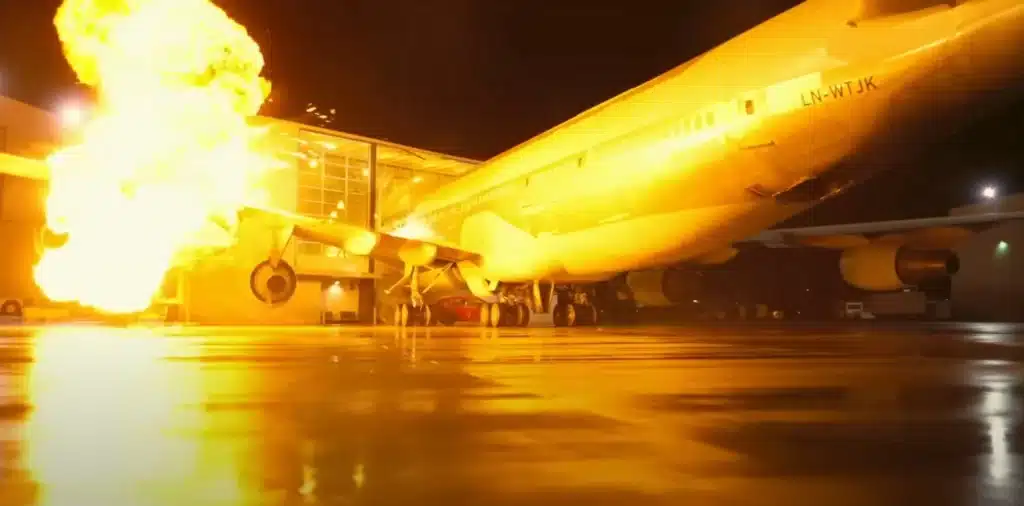
The process reinforced his preference for physical effects over computer-generated images.
The Boeing 747 crash in Tenet is one example of how practical movie stunts can define a film.
In an era where CGI dominates blockbusters, Christopher Nolan continues to show how real-world events staged on set create a lasting impact.
His choice to crash a real plane added both scale and authenticity to Tenet, and it reinforced his reputation as a director who relies on physical filmmaking regardless of how intense it might appear to be.
DISCOVER SBX CARS: The global premium car auction platform powered by Supercar Blondie
Callum Tokody is a content writer at Supercar Blondie, where he covers the latest in the automotive world with a focus on design and performance. With a background in automotive journalism, he has contributed to a range of publications in Australia and the UK. In addition to his writing, Callum also heads up PR and communications, helping to build and strengthen partnerships within the industry. Outside of work, he’s a design enthusiast with a soft spot for anything with a V8 and a good story.
